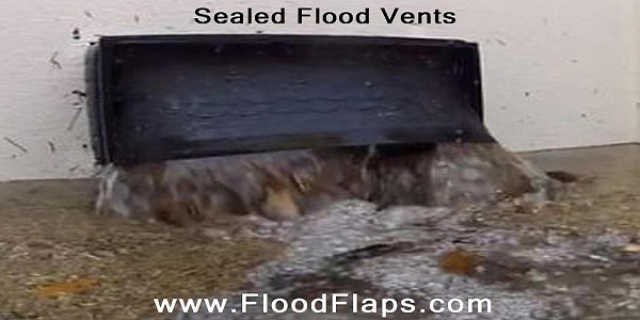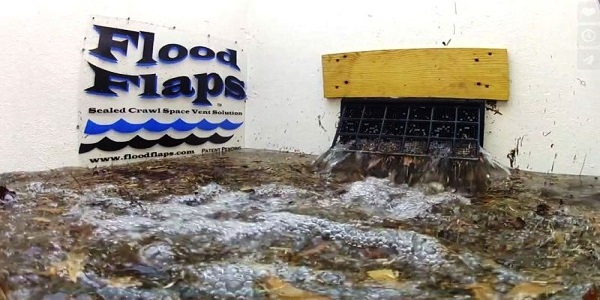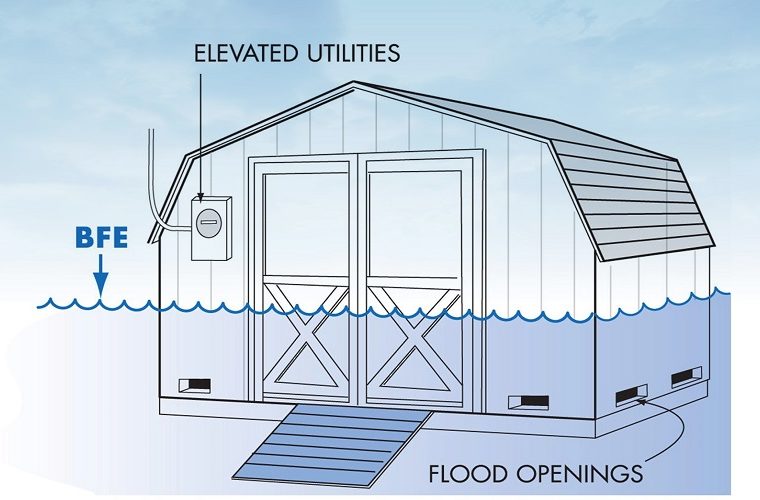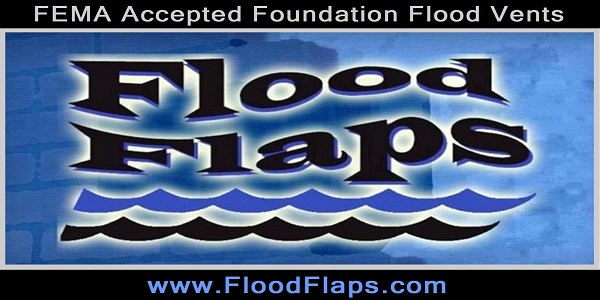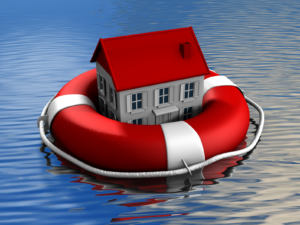 Duration is how long a flood lasts, or how long it takes for the creek, river, bay, or ocean to return to its normal level. As a homeowner, you may be more interested in how long flood waters remain in or around your home or perhaps how long they block nearby streets. In many floodplains, duration is related to rates of rise and fall. Generally, water that rises and falls rapidly will recede more rapidly, and water that rises and falls slowly will recede more slowly.
Duration is how long a flood lasts, or how long it takes for the creek, river, bay, or ocean to return to its normal level. As a homeowner, you may be more interested in how long flood waters remain in or around your home or perhaps how long they block nearby streets. In many floodplains, duration is related to rates of rise and fall. Generally, water that rises and falls rapidly will recede more rapidly, and water that rises and falls slowly will recede more slowly.
If your home is flooded, duration is important because it determines how long the structural members (such as the foundation, floor joists, and wall studs), interior finishes (such as drywall and paneling), service equipment (such as furnaces and hot water heaters), and building contents will be affected by flood waters. Long periods of inundation are more likely to cause greater damage than short periods. Duration can also determine how long your home remains uninhabitable.
Debris Impact
 Flood waters can pick up and carry objects of all types: from small to large, from light to heavy (including trees, portions of flood-damaged buildings, automobiles, boats, storage tanks, mobile homes, and even entire homes). In cold climates, wintertime floods can also carry large pieces of ice. Dirt and other substances, such as oil, gasoline, sewage, and various chemicals, can also be carried by flood waters. All of these types of debris add to the dangers of flooding. Even when flow velocity is relatively low, large objects carried by flood waters can easily damage windows, doors, walls, and, more importantly, critical structural components of your home. As velocity increases, so does the danger of damage from debris. If flood waters carrying large amounts of dirt or hazardous substances enter your home, damages may be greater. In addition, your cleanup costs are likely to be higher and your cleanup time longer.
Flood waters can pick up and carry objects of all types: from small to large, from light to heavy (including trees, portions of flood-damaged buildings, automobiles, boats, storage tanks, mobile homes, and even entire homes). In cold climates, wintertime floods can also carry large pieces of ice. Dirt and other substances, such as oil, gasoline, sewage, and various chemicals, can also be carried by flood waters. All of these types of debris add to the dangers of flooding. Even when flow velocity is relatively low, large objects carried by flood waters can easily damage windows, doors, walls, and, more importantly, critical structural components of your home. As velocity increases, so does the danger of damage from debris. If flood waters carrying large amounts of dirt or hazardous substances enter your home, damages may be greater. In addition, your cleanup costs are likely to be higher and your cleanup time longer.
Other Hazards
Two more hazards you should be aware of are high winds (including hurricanes) and earthquakes. For homes in areas subject to these hazards, some retrofitting methods are more appropriate than others. Regardless of the method you choose, if your home is in a high-wind or earthquake hazard area, your design professional or contractor must ensure that all structural changes made can withstand not only the expected flood forces, but the expected forces of winds or earthquakes as well.
Wind is similar to flowing water in that it pushes against the side of the home that faces the wind and pulls on the side that faces away. Wind passing over a home can exert a lifting force on the home. The combination of push, pull, and lift acts on the home, including the foundation, and can result in extensive damage if the structural system and building envelope are not adequately designed and constructed.
The ability of the wind to damage a building is increased if the wind or wind borne debris breaches the building envelope by breaking windows, collapsing doors, or puncturing walls. Once the envelope is breached, wind will enter the building and the pressure on the walls and roof will increase. Wind and flood forces can combine in different ways, depending on the directions of the wind and flood flow. When the wind and flood flow direction are the same, the load on the home is greater than the load from either wind or flood alone.
Contact Flood Flaps today at 843-881-0190 or [email protected] to find out how our flood vents can help reduce your flood insurance, and protect your home or business property from flood damage.


